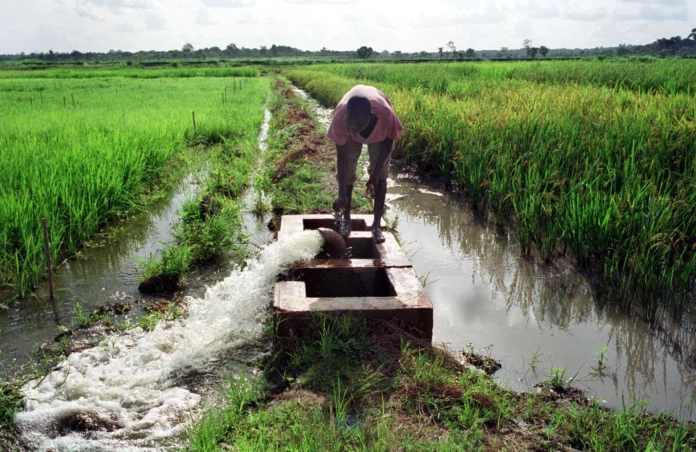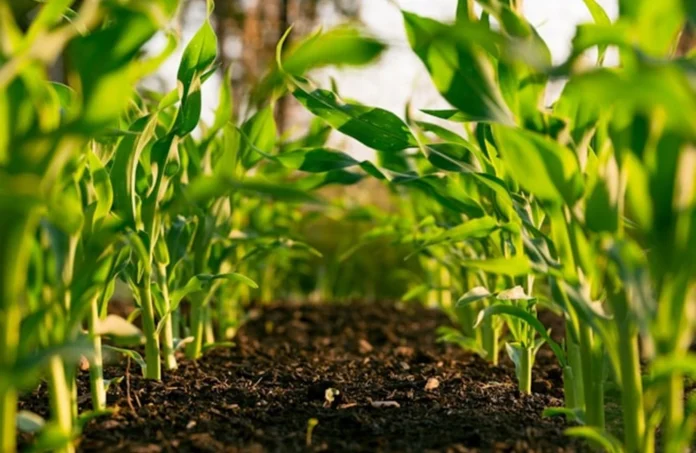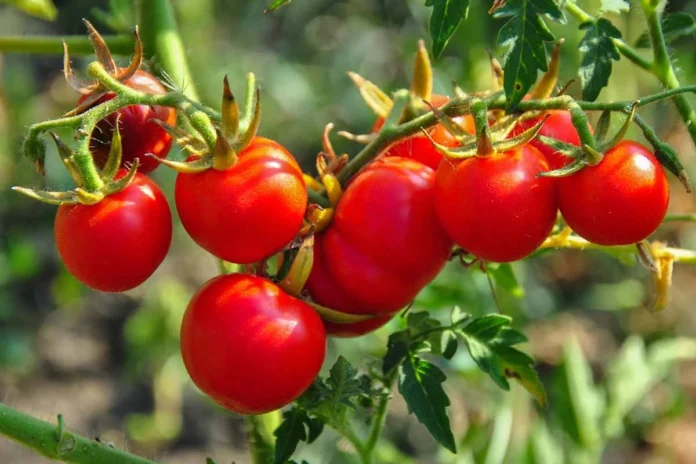Reminder, Arabfields, Algeria — The global cocoa industry is teetering on the edge of a profound disruption, with supply chains strained by environmental pressures, disease outbreaks, and geopolitical factors. As of October 2025, the world faces the aftermath of one of the largest cocoa deficits in decades, with projections for the 2024/25 season suggesting a tentative recovery but ongoing volatility. What began as a regional agricultural challenge in West Africa has rippled through confectionery giants, retail shelves, and consumer wallets, forcing a reevaluation of how chocolate, one of the world’s most beloved indulgences, is produced, sourced, and consumed.
While initial forecasts for 2025 painted a dire picture of a shortfall exceeding 1 million metric tons, updated data from the International Cocoa Organization (ICCO) indicates a more nuanced reality. The 2023/24 cocoa season (October 2023 to September 2024) recorded a staggering deficit of approximately 494,000 tons, driven by a 12.9% drop in global production to 4.368 million tons and a 4.8% decline in grindings, a key measure of demand, to 4.818 million tons. This marked the largest shortfall in over 60 years, pushing end-of-season stocks down 28% to 1.270 million tons and reducing the stocks-to-grindings ratio to a precarious 27%, the lowest in 45 years. For the current 2024/25 season, the ICCO now anticipates a rebound in production to 4.84 million tons, a 7.8% increase year-over-year, potentially shifting the market toward a surplus if demand softens further. However, analysts warn that lingering supply fears could keep prices elevated, with some projecting deficits persisting into early 2026 if West African harvests underperform.
This cocoa “crunch” is not merely a statistical anomaly; it reflects deeper systemic vulnerabilities. Demand for chocolate continues to climb at a compound annual growth rate (CAGR) of 3-4%, fueled by expanding middle classes in emerging markets like India and China, as well as a global shift toward premium, artisanal products. Yet, production struggles to keep pace amid climate-induced chaos, aging farms, and socioeconomic barriers in key growing regions. As chocolate prices rise, U.S. consumers, for instance, are paying up to $5 more for a bag of fun-size chocolates this Halloween compared to last year, the industry is compelled to innovate or risk alienating its customer base. But can these challenges be overcome, or is the era of affordable chocolate drawing to a close?
The roots of the current crisis trace back to West Africa, which accounts for over 70% of global cocoa output, primarily from Côte d’Ivoire and Ghana. In the 2023/24 season, unfavorable weather, exacerbated by El Niño patterns, combined with rampant diseases and pests to decimate yields. The ICCO’s May 2025 bulletin revised production estimates downward, confirming a 13.1% plunge from the prior year. Côte d’Ivoire, the top producer, saw exports plummet by 30%, while Ghana’s output fell similarly due to swollen shoot virus (CSSV) and black pod disease.
Historical context underscores the severity: The stocks-to-grindings ratio, a barometer of market health, has hit levels not seen since the 1970s cocoa crises. Back then, deficits were driven by post-colonial instability and underinvestment; today, climate variability amplifies these issues. Erratic rainfall, prolonged dry spells, and heatwaves have disrupted the delicate flowering and pod-setting cycles of cocoa trees, which thrive in narrow temperature and humidity bands.
Looking ahead to the 2024/25 and 2025/26 seasons, optimism is tempered. While improved weather in West Africa could boost output, the ICCO’s August 2025 bulletin notes early signs of recovery, analysts like those at J.P. Morgan predict seasonally soft grindings through late 2025 due to depleted inventories. A February 2025 ICCO update even projected a demand dip to 4.650 million tons, potentially narrowing the gap. Yet, in Ghana, production remains depressed compared to pre-2023 levels, with the U.S. Department of Agriculture forecasting continued challenges into 2025.
Even as supply falters, chocolate consumption shows resilience. The global market, valued at over $100 billion, grows steadily, with Asia-Pacific regions leading the charge. Premium segments, think single-origin bars and functional chocolates infused with superfoods, have surged, appealing to health-conscious millennials and Gen Z consumers. This demand inertia has fueled price volatility: Cocoa futures peaked at over £6,693 per ton in London in June 2024, and while prices have eased to around £5,970 per ton by October 2025, they remain triple 2022 levels.
The fallout is evident across the value chain. In 2024, U.S. candy makers skimped on chocolate content for Halloween treats, as noted by Wells Fargo analysts. By 2025, major players like Hershey and Mondelēz have reported squeezed margins, with Hershey acknowledging “extremely volatile” markets in an April update. UK-based Pladis, maker of McVitie’s Penguin bars, has grappled with import costs rising 20% amid a 10% drop in volumes. Consumers feel the pinch too: U.S. chocolate prices are up double digits, and experts predict sustained highs through Halloween 2025.
At the heart of the crisis lies climate change, a “silent culprit” transforming cocoa heartlands. A 2021 Intergovernmental Panel on Climate Change (IPCC) report projected a 30-40% loss of suitable growing areas in West Africa by 2050 due to rising temperatures and altered precipitation. Recent analyses paint an even starker picture: In 2024, human-induced warming added six weeks of days above 32°C (90°F) in 71% of cacao-producing zones across Côte d’Ivoire, Ghana, Cameroon, and Nigeria, conditions lethal to cocoa trees.
A February 2025 study by Climate Central highlighted how climate change intensified a 2023 heatwave in West Africa, making it 10 times more likely and slashing harvests. Diseases like CSSV, which has ravaged millions of trees in Ghana and Côte d’Ivoire, thrive in these warmer, wetter environments. Wageningen University research from January 2025 warns of “significant impact” on African production, urging adaptive measures like shade trees and drought-resistant varieties.
Without intervention, experts fear a “choc-free” future by 2050, as regions become unsuitable. The United Nations Development Programme emphasizes that with policies supporting climate-resilient farming, West Africa could pivot to sustainable models.
Faced with this turmoil, procurement teams in the chocolate industry are deploying multifaceted strategies to secure supplies, manage costs, and innovate. Here’s an expanded look at key approaches:
- Strategic Sourcing and Diversification: Traditional reliance on West Africa is waning. Companies are turning to Latin America (Brazil, Ecuador, Colombia) and Asia (Indonesia, Vietnam) for beans. Direct trade with cooperatives enhances traceability and ethics, Barry Callebaut, for example, invests in sustainable programs to boost yields. Blending origins maintains flavor profiles while spreading risk.
- Supplier Networks and Agility: Diversifying vendors, from large estates to smallholder co-ops, mitigates localized disruptions. Hershey’s April 2025 update highlighted expanded networks to counter volatility. Cameroon, for instance, saw cocoa exports surge in Q1 2025, offsetting deficits elsewhere and slashing trade gaps by 88%.
- Cost Management Tools: Hedging and forward contracts lock in prices, as seen with Mondelēz’s 2025 adjustments. Long-term pacts offer rebates, while AI-driven forecasting anticipates spikes. J.P. Morgan notes that improved weather could stabilize costs by mid-2026.
- Alternative Ingredients and Innovation: To reduce cocoa dependency, firms explore substitutes. Cocoa Butter Equivalents (CBEs) from shea, palm, or illipe nuts replace up to 5% in EU chocolate; carob, chicory, and barley extend powders. Emerging cocoa-free options include fermented oats, sunflower seeds, grape seeds, and fava beans, startups like Voyage Foods pioneer these for “alt-choc” products. Bakers are adapting too, swapping cocoa powder with melted chocolate or hot cocoa mix in recipes.
- Enhancing Supply Chain Resilience: Buffer stocks, diversified logistics, and real-time intelligence are crucial. Supporting agroforestry, planting cocoa with shade trees, builds climate resistance. The UNDP advocates for investments transforming West Africa’s sector into a “climate-friendly” powerhouse.
The cocoa crisis underscores the fragility of global food systems in an era of climate upheaval. Balancing immediate cost controls with long-term investments in ethical sourcing, farmer livelihoods, and innovation is paramount. Companies like Hershey and Barry Callebaut, by adapting swiftly, may emerge stronger, but success hinges on collaborative efforts, from governments enforcing living income differentials to consumers embracing sustainable brands.
As prices stabilize in late 2025, thanks to anticipated surpluses, the industry has a window to reform. Yet, without addressing root causes like climate change and poverty in producing regions, future deficits loom. For chocolate lovers, the message is clear: Savor it now, but support a resilient tomorrow.












